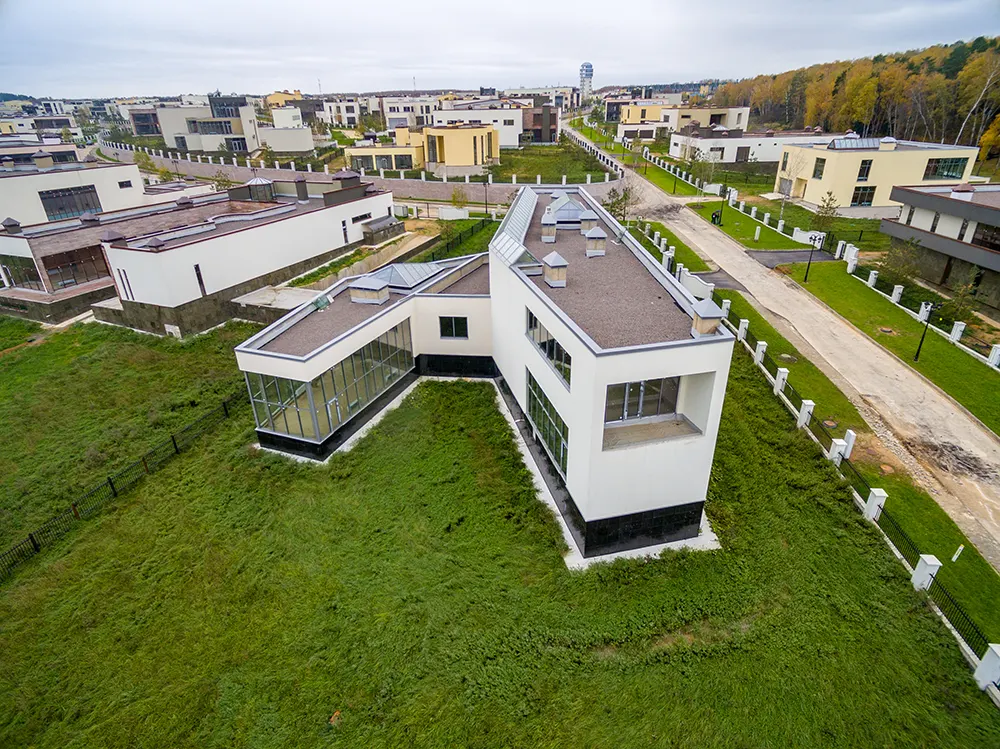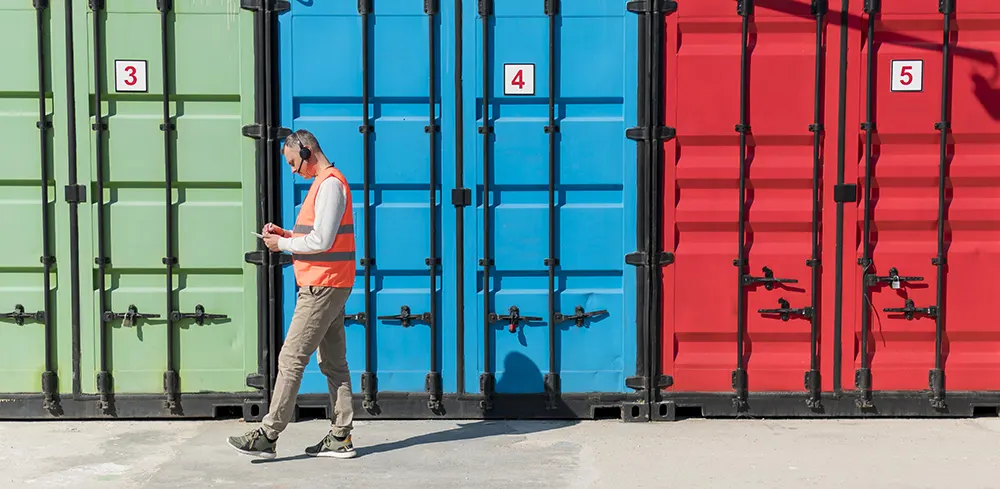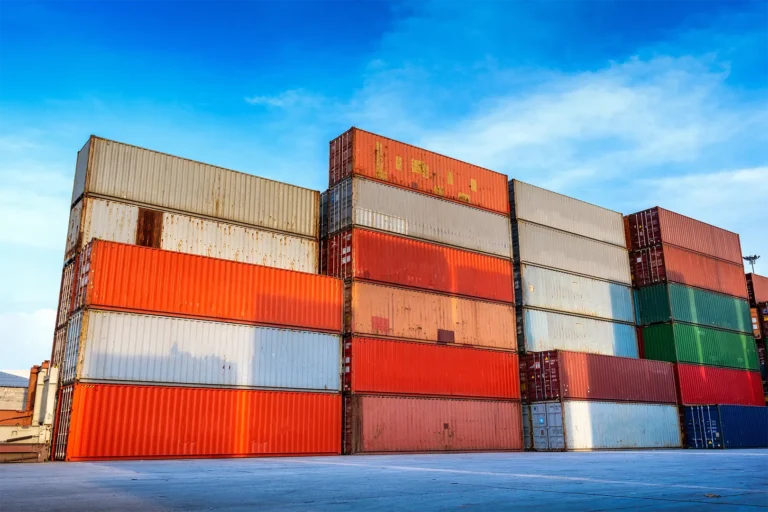Offshore Container Manufactures
Best Offshore Container Conversion Company in Dubai, UAE.
Our Journey to Becoming the Leader in Container Modification
At Albasata, we transform ordinary shipping containers into extraordinary functional spaces. Whether for offshore projects, office setups, or homes, our expertise in shipping container conversions ensures every unit is practical and built to last.
We prioritize safety, quality, and innovative designs that align with your specific needs. As a trusted name in offshore container conversion in Dubai, we deliver solutions that adapt to any environment. Our process emphasizes durability and sustainability, offering long-term value to our clients.
Our adherence to ADNOC standards sets us apart, ensuring every shipping container, office conversion or housing unit is reliable and ready for industrial use.

Meet the ADNOC Standrads
Why Choose Us for Container Conversions?
High-Quality Craftsmanship
Customization and Flexibility
Sustainable Solutions
Adaptability in Harsh Conditions
Fast & Efficient Installation
Cost-Effective and Time-Saving

Why wait for traditional builds when modular solutions can transform your projects faster?
At Albasata, we deliver innovative, eco-friendly, and ADNOC-compliant modular structures tailored to your vision. From container conversions to prefabricated buildings, we ensure durability and excellence every step of the way.
Why Choose Al Basata For Offshore Containers
At Al Basata, we provide a wide range of offshore containers designed to meet the highest safety and quality standards. Whether you need to transport cargo, store materials, or create comfortable living spaces, we have the right container for you.

Key Standards of off shore Containers
When it comes to offshore containers, safety and durability are crucial. That’s why our containers are designed and certified according to international standards:
- DNV 2.7-1: This standard ensures that offshore containers meet strict design, manufacturing, and testing requirements for safe use in harsh offshore environments.
- EN 12079: A European standard that outlines specifications for offshore containers, focusing on strength, safety, and handling efficiency.
These standards guarantee that our containers are reliable, safe, and built to last
Get Started with Your Project Today!
Why Choose Us for Container Conversions?
Key Standards
When it comes to offshore containers, safety and durability are crucial. That’s why our containers are designed and certified according to international standards:
- DNV 2.7-1: This standard ensures that offshore containers meet strict design, manufacturing, and testing requirements for safe use in harsh offshore environments.
- EN 12079: A European standard that outlines specifications for offshore containers, focusing on strength, safety, and handling efficiency.
These standards guarantee that our containers are reliable, safe, and built to last
Off shore Container Types
We offer various types of containers to suit different needs:
- Cargo Containers: Ideal for transporting goods securely, these standard units are strong and durable.
- Baskets: Open-top containers perfect for carrying oversized or awkwardly shaped items that don’t fit in standard containers.
- Half-Height Containers: Designed for heavy or dense cargo, these shorter units make loading and unloading easier.
- Refrigerated Containers (Reefers): Keep perishable goods fresh with temperature-controlled units, suitable for food, medicine, and sensitive materials.
- Accommodation Modules: Portable living and working spaces that provide comfort and functionality in remote offshore locations
Hazardous Area Classifications
In offshore environments, safety is a top priority, especially when dealing with hazardous materials. Areas are classified based on the likelihood of explosive atmospheres:
- Zone 0: High-risk areas where explosive atmospheres are present continuously or for long periods.
- Zone 1: Medium-risk areas where explosive atmospheres are likely to occur occasionally during normal operations.
- Zone 2: Low-risk areas where explosive atmospheres are unlikely during normal operations, and if they do occur, they are short-lived.
